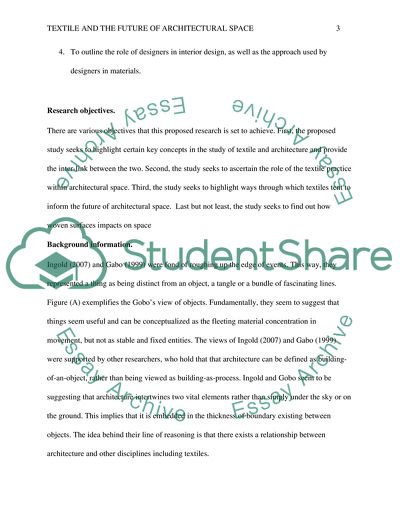Cite this document
(How Textile Shall Inform the Future of Architectural Space Research Proposal, n.d.)
How Textile Shall Inform the Future of Architectural Space Research Proposal. Retrieved from https://studentshare.org/design-technology/1794853-materials-and-surface
How Textile Shall Inform the Future of Architectural Space Research Proposal. Retrieved from https://studentshare.org/design-technology/1794853-materials-and-surface
(How Textile Shall Inform the Future of Architectural Space Research Proposal)
How Textile Shall Inform the Future of Architectural Space Research Proposal. https://studentshare.org/design-technology/1794853-materials-and-surface.
How Textile Shall Inform the Future of Architectural Space Research Proposal. https://studentshare.org/design-technology/1794853-materials-and-surface.
“How Textile Shall Inform the Future of Architectural Space Research Proposal”, n.d. https://studentshare.org/design-technology/1794853-materials-and-surface.


